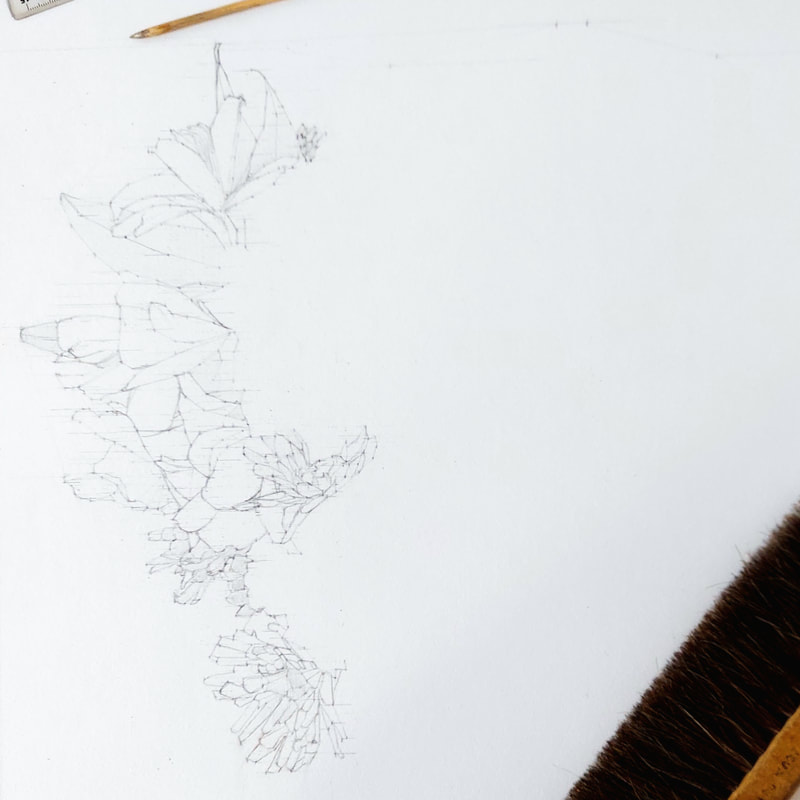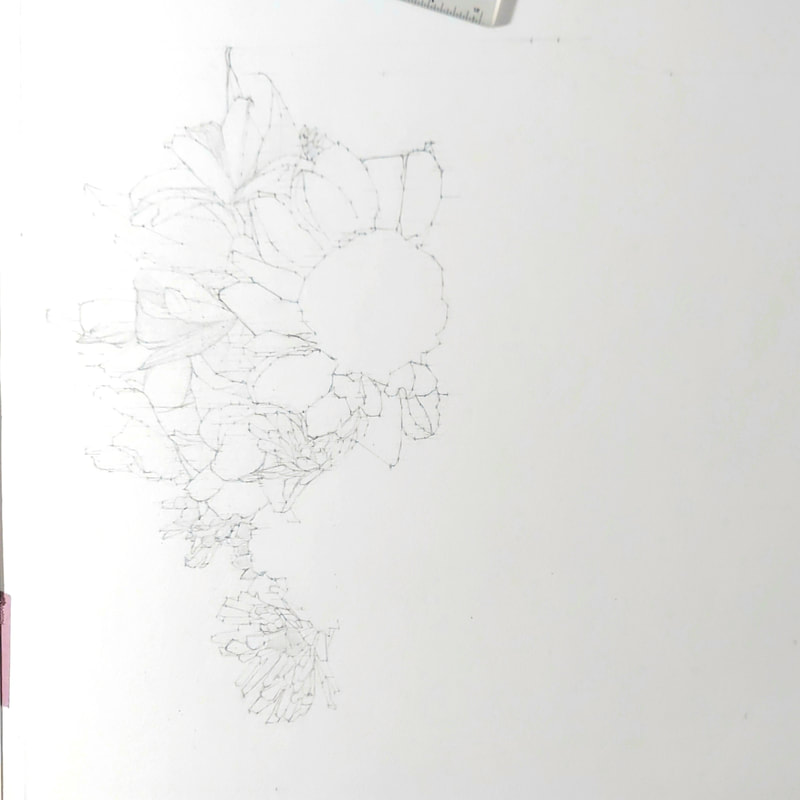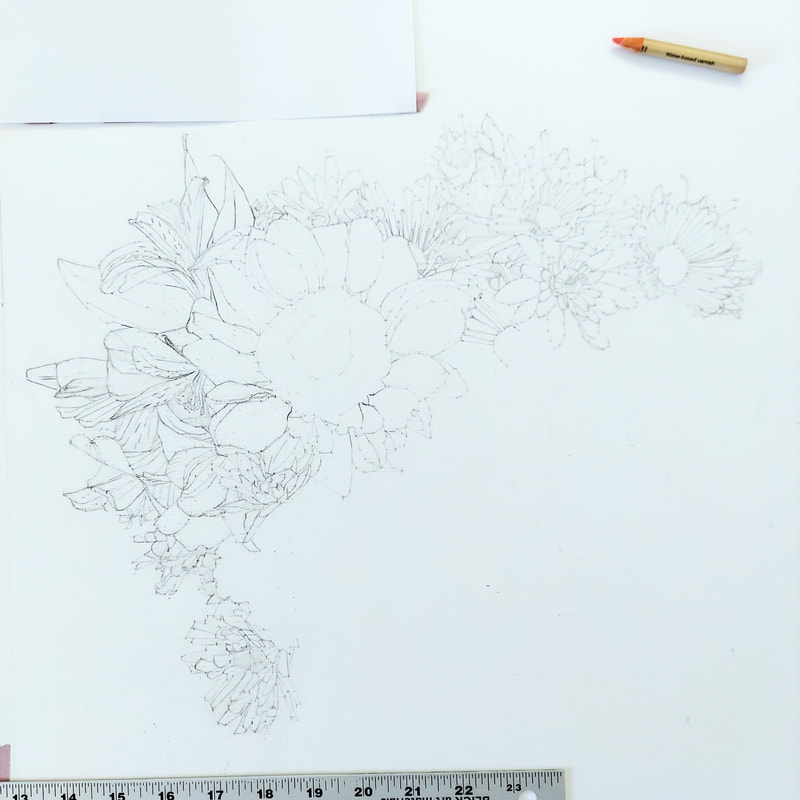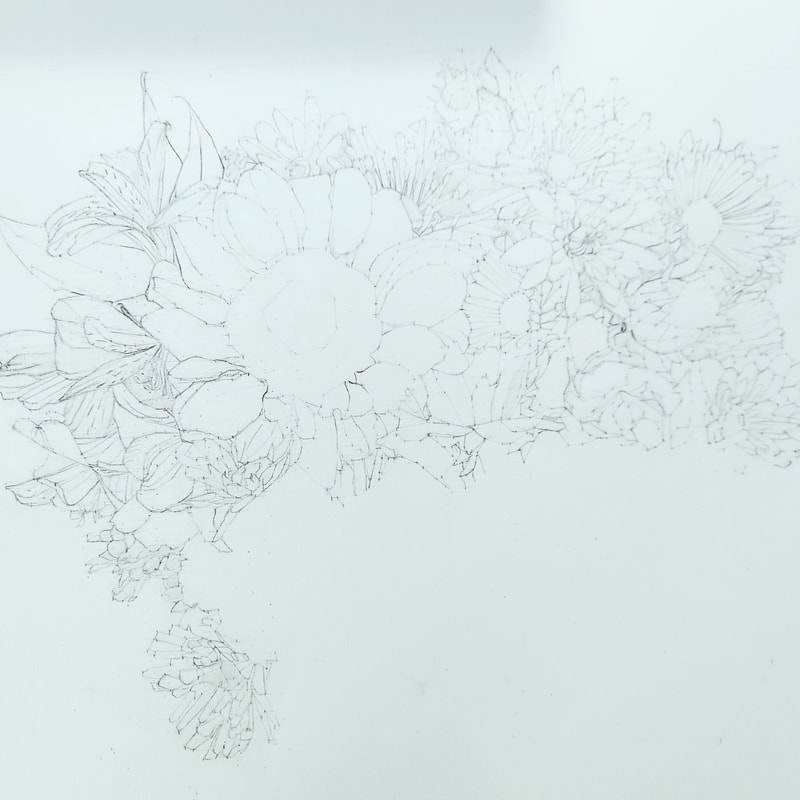|
….about what I can do with my collection of blank, loose, leftover sheets of Arches oil paper cut from larger sheets. I decided to bind them together into a book. It took several days of research to find an effective and simple method. The paper I have is quite thick, so folding the paper into signatures and binding was not an option. Additionally, I wanted the book to lay flat when I opened it, so that I had use of the entire page. I will likely use this book when painting outside of the studio. The video below is a glimpse into the making of the 2 books I recently created.
0 Comments
... my visual plans for painting. These drawings are a record of my paintings in monochrome. Slideshow below. ….somewhat empty sketch books in the studio and decided to fill one with a month of quick line drawings. The butterflies are from my collection, the flowers and plants are either from the garden, or drawn onsite during hiking expeditions. Click the video below to see a compilation of one month of observational line drawings. Observational line drawing is the initial and most basic skill taught in my beginner drawing class. Interested? There's more information about my self-paced drawing class here. …on this drawing for the past 46 days. The paper size is 18 inches by 24 inches and the actual drawing is about 16.5 inches square. I am using Cretacolor Nero pencils on Canson mixed media paper. I am drawing from a photograph. There is no way a bouquet of flowers lasts 46 days. This is quite an intense drawing project. I never imagined the time involved. I am able to invest about 1-2 hours of time into it per day before I lose focus and attention. Attending to the details is serious work! This drawing is the first in a series of drawings I plan to make into the future, just a bit larger.
Take a look at my progress below. |
Nicole LamotheForever learning... working towards mastery, sharing my artistic growth, knowledge and insights. Archives
May 2024
Categories |






 RSS Feed
RSS Feed